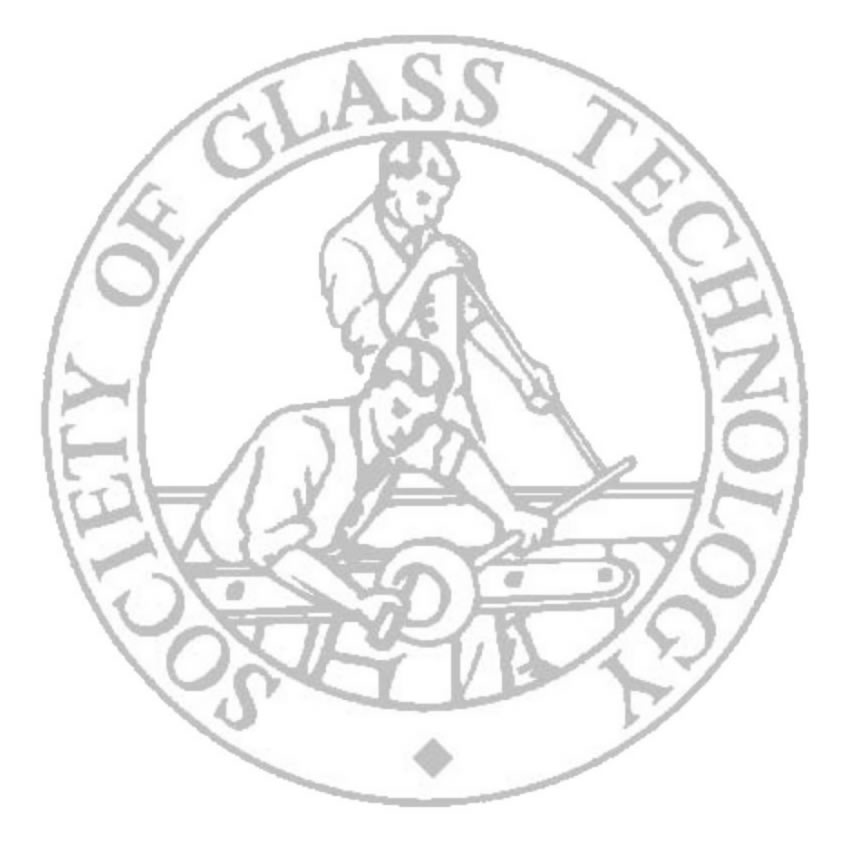Glassmaking defects - the Building Conservator’s Friends.
David Martlew

Since the late middle ages manufacturing processes for making window glass have evolved in pursuit of improved quality and lower costs. Each successive method of manufacture imposed its own fingerprint on the finished product, often visible in the nature of the inevitable defects left in the finished sheet. Today’s readily available window glass achieves a degree of perfection inconceivable before the early 1960s.. When a building which is the subject of restoration is more than half a century old, it is likely that the imperfections of the original glass contribute positively to the overall effect of the architecture. The original architect would have had his expectations informed by the glass available at the time, and arguably the design would incorporate characteristic optical effects both in transmission and in reflection. Replacing old glass with modern float glass will almost certainly introduce a jarring discord if any of the original glass is present, and if the reglazing is complete will produce an effect severely at odds with the original architect’s intentions. If possible, any restoration of a building’s glazing should employ glass which has been made by the same process as that used originally. The conservator, therefore, must appreciate the various methods of manufacturing window glass which have been used during the last five hundred years or so and be able to identify the nature of the original glazing if a sensitive and aesthetic restoration is to be achieved.
David Martlew is a glass technologist who after over forty years working in the flat glass industry is now retired and therefore free to pursue interests in the area of the history and heritage of glass and glassmaking. An early inspiration for this interest was provided by Victorian stained glass windows in which a certain choir boy found refuge from dull sermons.

